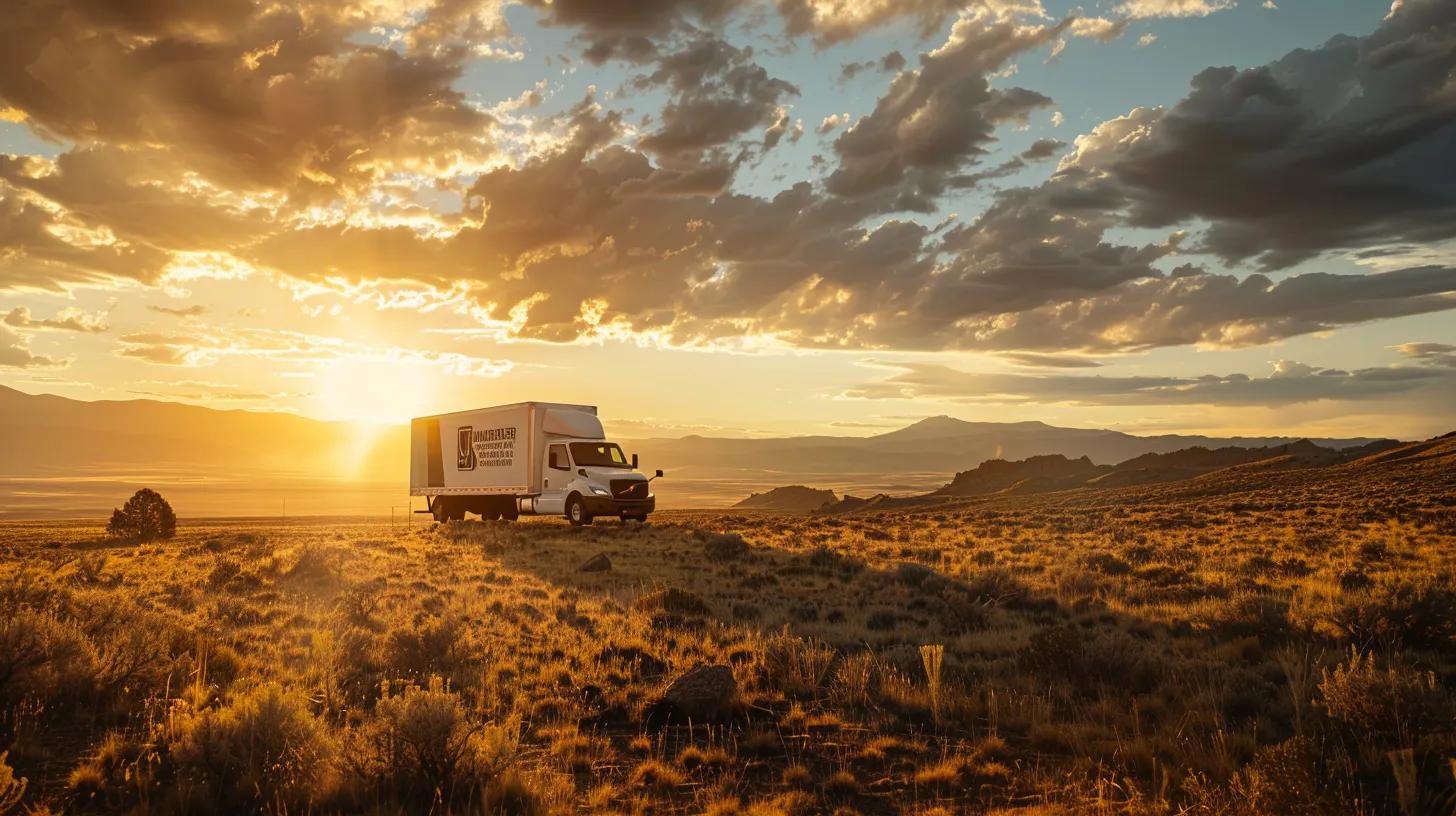Table Of Contents:
- Comprehensive Guide to an Essential Interstate Moving Checklist
- Planning Your Interstate Move
- Creating a Moving Timeline
- Setting a Realistic Budget
- Researching Your New Location
- Notifying Important Parties of Your Move
- Preparing Essential Documents
- Organizing Your Belongings and Decluttering
- Sorting Items by Necessity and Sentimental Value
- Hosting a Garage Sale or Donating Unwanted Items
- Inventorying Your Possessions
- Digitizing Important Records
- Preparing Specialty Items for Moving
- Finding and Hiring a Reputable Moving Company
- Gathering Recommendations and Reading Reviews
- Requesting and Comparing Moving Quotes
- Verifying Credentials and Insurance
- Understanding the Moving Contract
- Scheduling Your Move Date
- Packing Strategies for a Cross-Country Move
- Packing Strategies for a Cross-Country Move
- Gathering Quality Packing Supplies
- Labeling Boxes for Easy Unpacking
- Protecting Fragile Items
- Packing an Essentials Box
- Handling Valuable and Irreplaceable Items
- Managing Logistics and Legal Requirements
- Updating Your Address With Necessary Agencies
- Transferring Utilities and Services
- Registering Your Vehicle and Transferring Licenses
- Understanding Tax Implications
- Planning for Pet and Vehicle Transportation
- Settling Into Your New Home
- Conducting a Walkthrough Upon Arrival
- Unpacking Strategically Room by Room
- Connecting Utilities and Setting Up Services
- Getting Acquainted With Your New Neighborhood
- Establishing New Routines and Local Connections
Comprehensive Guide to an Essential Interstate Moving Checklist
Moving across state lines can be overwhelming, especially when it comes to managing household goods and understandingpublic utility requirements. In this comprehensive guide to an essential interstate movingchecklist, I’ll provide practical steps to organize your belongings, calculate moving costs accurately with a moving cost calculator, and find a reputable moving company. By following this guide, you’ll ease the stress of home moving and ensure a smooth transition to your new home, tackling common pain points like moving fees and logistics. Let’s dive in and make your move as seamless as possible!
Planning Your Interstate Move
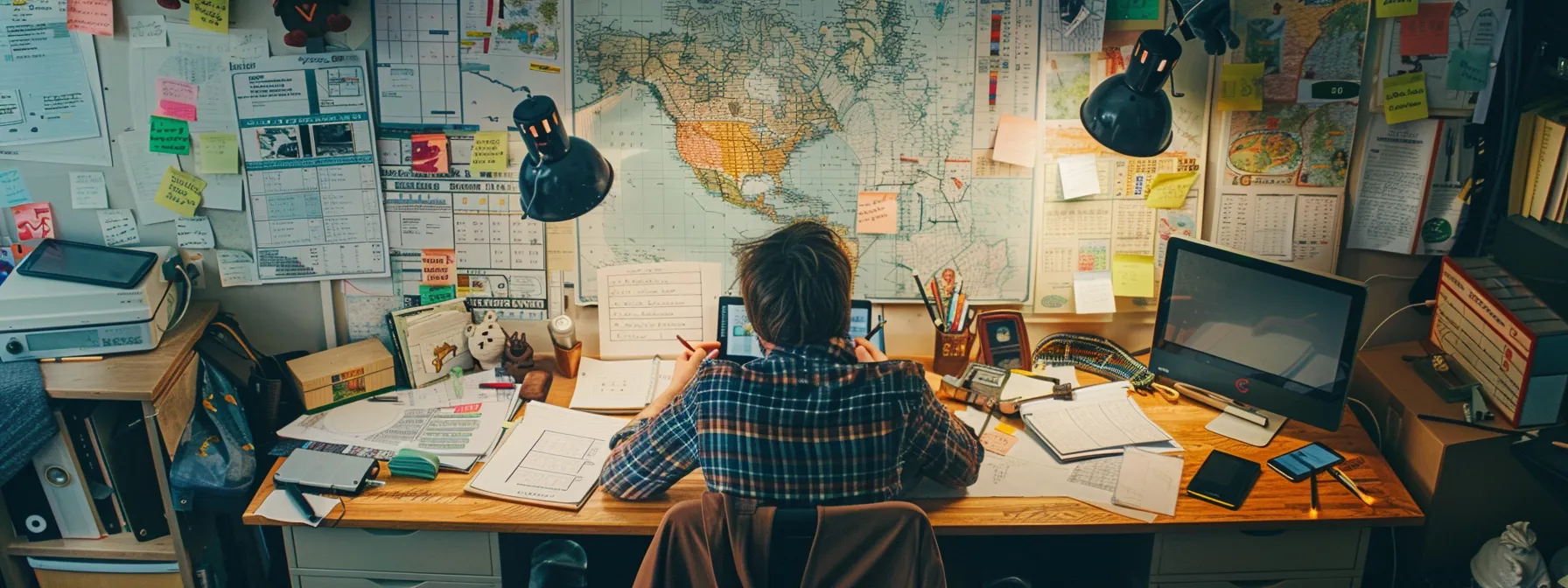
Creating a moving timeline, setting a realistic budget, and researching your new location are crucial steps in ensuring a successful interstate move. I’ll also discuss the importance of notifying important parties of your move and preparing essential documents. These essential components will help streamline the logistics of your relocation, whether you opt for white glove moving services or wish to receive a free quote for our customer service options.
Creating a Moving Timeline
Creating a moving timeline is a crucial step in preparing for your interstate move. By establishing a clear schedule, I can ensure that every task is addressed in a timely manner, from booking reliable moving companies to securing the necessary licenses for transportation. I recommend setting deadlines for packing, notifying essential parties, and completing any required paperwork to keep everything on track and alleviate any last-minute stress for consumers like yourself.
Setting a Realistic Budget
Setting a realistic budget for your interstate move is essential to keep your finances in check and avoid unexpected expenses. I recommend factoring in costs for long distance movers, packing materials, and even rent for storage if needed. You might also want to consider hosting a garage sale to declutter and earn some extra cash before the big day; this can significantly reduce the amount of stuff you need to pack into crates or transport in a van. If you’re considering using an international van lines for your move, be sure to obtain quotes to understand their pricing structure and what services are included.
Researching Your New Location
Researching your new location is a vital step when I prepare to move interstate. Understanding the neighborhood dynamics, local amenities, and community resources can significantly ease the transition and ensure a smooth relocation experience. As I assess my inventory and the weight of my belongings, I make it a priority to gather information about schools, healthcare, and recreation options to determine how well the new area meets my lifestyle needs:
- Understand the local job market and employment opportunities.
- Explore housing options and costs to find the best fit.
- Check out local schools and educational resources for families.
- Research nearby grocery stores, restaurants, and entertainment options.
- Examine public transportation and commuting accessibility.
Notifying Important Parties of Your Move
Notifying important parties of your move is an essential step that can often be overlooked. I make it a priority to inform my utility providers, banks, and insurance companies about my new address to ensure a smooth transition. Additionally, if I’m working with a state moving company or a well-known name like Allied Van Lines, I ensure they are aware of my moving dates and any special requirements so that customer satisfaction and my reputation are maintained throughout the process:
- Notify utility companies (electric, gas, water, internet) of your move to avoid service interruptions.
- Update your address with banks, credit card companies, and the post office.
- Inform insurance providers about your new location to adjust coverage as needed.
- Contact the United States Department of Transportation if you have specific transportation needs.
- Keep your chosen moving company updated on any changes to your moving plans.
Preparing Essential Documents
Preparing essential documents for my interstate move is a key step in ensuring a smooth transition. I make it a priority to gather important paperwork, including my broker information, updated insurance policy, and any necessary credit documents. I also follow Marie Kondo‘s principle of decluttering, which includes recycling or safely discarding old documents that are no longer needed, to keep my move organized and stress-free.
You have a plan in place for your interstate move. Now, it’s time to sort what you truly need and let go of the rest.
Organizing Your Belongings and Decluttering
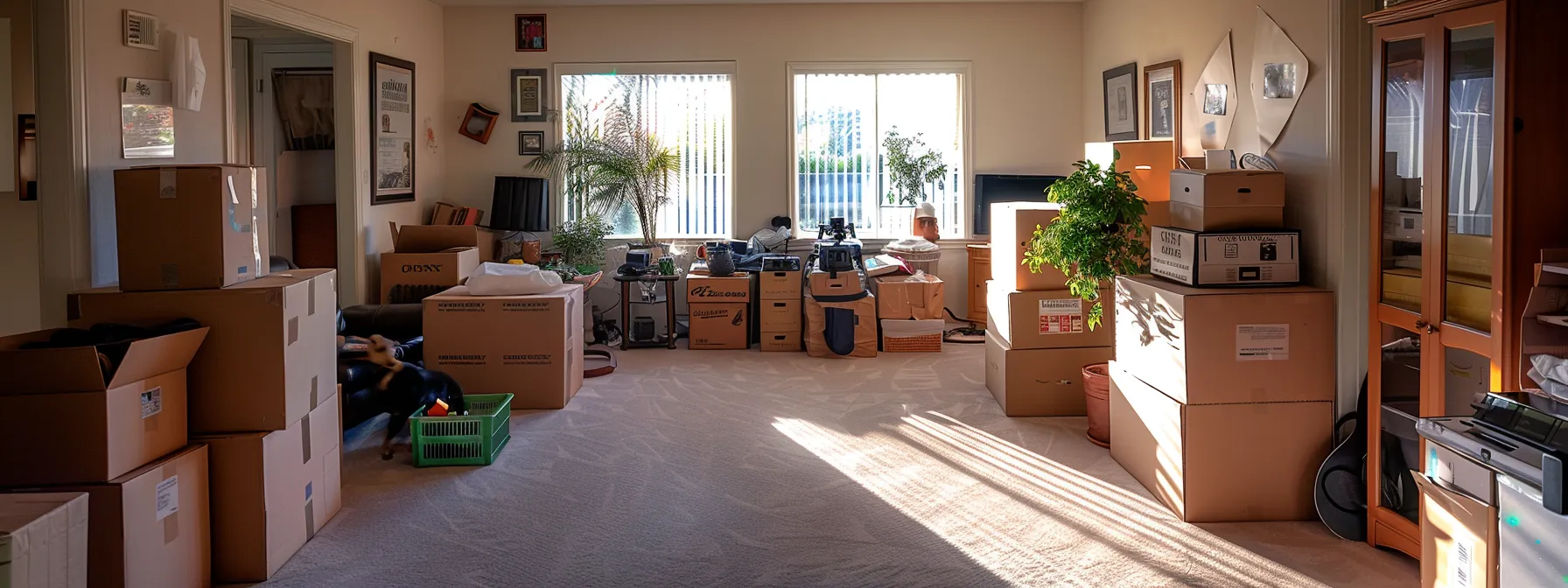
In organizing my belongings and decluttering for an interstate move, I focus on sorting items by necessity and sentimental value. Hosting a garage sale or donating unwanted items can significantly lighten my load. I also create an inventory of my possessions and digitize important records. Additionally, preparing specialty items for transport ensures a smooth moving experience with professional moving companies or removalists and makes the process more efficient.
Sorting Items by Necessity and Sentimental Value
When sorting items by necessity and sentimental value, I focus on what truly matters to me while being mindful of interstate moving costs. For example, I evaluate the condition and expense of each property, deciding which items I genuinely need and which ones hold special memories, like heirlooms or photographs. This careful assessment not only helps me lighten my load but also allows me to communicate effectively with interstate moving companies about what I intend to transport, ultimately contributing to a more streamlined moving contract:
- Identify essential items that I use regularly.
- Separate personal and valuable items that carry sentimental worth.
- Evaluate furniture and larger items based on their cost and necessity.
- Consider donating or selling unnecessary items to reduce expenses.
Hosting a Garage Sale or Donating Unwanted Items
Hosting a garage sale or donating unwanted items can significantly ease the moving process while benefiting others. I’ve found that getting rid of excess cargo not only lightens my load for the distance of an interstate move but also helps to offset some moving costs. By partnering with organizations like United Van Lines, I ensure that I’m also making a positive impact on my community, making my transition smoother and more meaningful.
Inventorying Your Possessions
Inventorying my possessions is a vital step in the moving process, especially when working with interstate movers. I take the time to list every item, which not only helps me understand what I own but also assists me in communicating with my moving company about my needs. By categorizing my belongings, I can better estimate the size of the vehicle required and determine whether a fixed rate for the move makes sense for my budget, ensuring a smoother transition to my new home.
Digitizing Important Records
Digitizing important records is a practical step I take before moving interstate to ensure that my vital documents are secure and easily accessible. By scanning items like insurance policies, legal documents, and health records, I can reduce physical clutter while safeguarding essential information against loss during transportation. This effort not only helps me stay organized but also allows me to navigate potential issues, such as arbitration or changes in the cost of living, with a clear understanding of the law as it relates to my new location.
Preparing Specialty Items for Moving
When preparing specialty items for moving, I prioritize understanding their unique requirements to ensure they arrive safely at my new home. For instance, if I’m transporting high-value items like artwork or antiques, I consult with professionals, such as those from Allied, to get specific tips on packing and securing them. Additionally, if I’m crossing international borders, I make sure to familiarize myself with customs regulations to avoid delays and complications during the removals process.
With your belongings sorted and clutter minimized, it’s time to consider the next step. A good moving company stands ready to carry your plans into action, making the transition smoother and easier.
Finding and Hiring a Reputable Moving Company

When it comes to ensuring a successful moving day, I start by gathering recommendations and reading reviews about various van lines. I then request and compare moving quotes to understand potential moving costs, including any additional fees for stairs or heavy furniture. Verifying credentials and insurance through the Better Business Bureau is crucial. I also take the time to thoroughly understand the moving contract before finalizing my plans and scheduling my move date.
Gathering Recommendations and Reading Reviews
When I start the process of finding a reputable moving company, I make it a priority to gather recommendations from friends and family who have recently moved, as their firsthand experiences can be invaluable. I also turn to online reviews, paying close attention to customer feedback about the services provided by companies like North American Van Lines, particularly focusing on their attention to detail and accessibility in handling unique moving needs. This research not only helps me identify trustworthy movers but also prepares me to discuss crucial logistics, such as how they protect my belongings with proper materials, including bubble wrap for fragile items, ensuring a smooth transition to my new home.
Requesting and Comparing Moving Quotes
When I request and compare moving quotes, I focus on gathering estimates from several reputable companies, such as American Van Lines and North American Van Lines. Understanding how each quote breaks down in terms of services provided and total price helps me assess what fits my budget and needs best, particularly when moving specialty items like antiques that may require extra care. Additionally, I always check if the companies are registered with the Federal Motor Carrier Safety Administration to ensure they meet regulatory standards, as this adds to my peace of mind during the move.
Verifying Credentials and Insurance
When I verify the credentials and insurance of a moving company, I focus on understanding the risks involved in my move. It’s critical to ensure that the movers I choose have the appropriate licenses and insurance coverage to protect against damages that may occur during transport. I also consider getting a ballpark estimate of potential costs and checking if the moving company offers support for tax deductions related to my move, particularly if it involves a job relocation, to safeguard my investment and make it a smooth transition.
Understanding the Moving Contract
Understanding the moving contract is crucial when planning my interstate move, as it outlines the terms of service and my rights as a customer. I pay close attention to sections regarding valuation and liability insurance, as these will determine the level of protection for my belongings during transit. By thoroughly reviewing the moving insurance options provided, I can choose the right coverage to protect my assets and address any potential complaints I may have later in the process.
Scheduling Your Move Date
When scheduling my move date, I consider peak moving seasons and the availability of reputable Long-Distance Moving companies. During the summer months or weekends, demand tends to surge, which can affect pricing and availability. I find that using a mobile app from my chosen moving company can help me manage my schedule and keep track of essential policies related to my move, ensuring I’m prepared for any unexpected changes that might arise, especially if I’m opting for Expedited Long-Distance Moving services.
With a moving company secured, the next challenge awaits. Packing for a cross-country journey requires more than just boxes; it demands strategy and care.
Packing Strategies for a Cross-Country Move
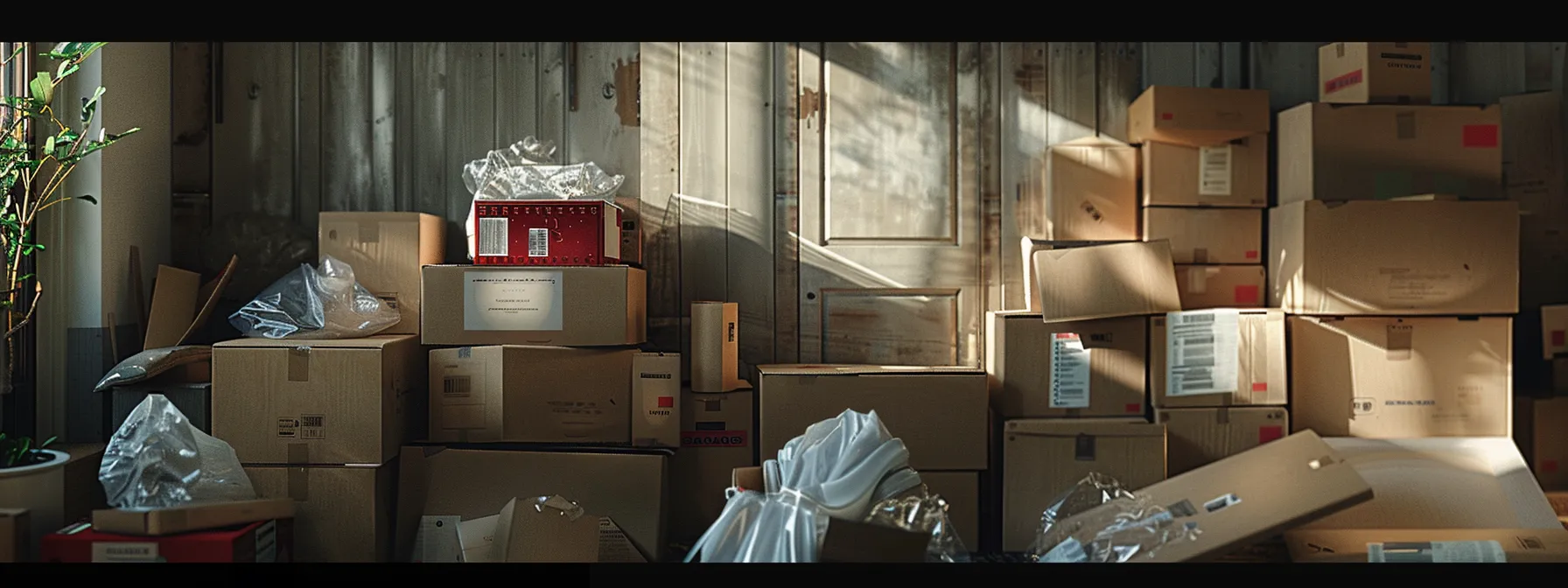
Packing Strategies for a Cross-Country Move
Gathering quality packing supplies is essential for my interstate moves. I label boxes for easy unpacking, ensuring I can quickly find what I need. Protecting fragile items is a priority, so I use appropriate materials to safeguard them. Packing an essentials box helps me access vital items during the move, while handling valuable and irreplaceable items with care ensures their safety throughout the journey.
Gathering Quality Packing Supplies
Gathering quality packing supplies is crucial for a successful interstate move. I prioritize obtaining sturdy boxes, bubble wrap, and packing tape to protect my belongings during the journey. Conducting research on local suppliers and consulting my estate agent can help identify where to find reliable packing materials, ensuring that I’m well-prepared to tackle the logistics of moving while minimizing potential damage to my items:
- Sturdy boxes in various sizes for different items.
- Bubble wrap or packing paper for protecting fragile belongings.
- Strong packing tape to secure boxes.
- Labeling stickers or markers for easy identification.
- Furniture pads to shield large items during transit.
Labeling Boxes for Easy Unpacking
Labeling boxes efficiently is vital for making the unpacking process as smooth as possible. To ensure everything is easy to locate, I use a color-coded system where each room has a specific color, and I label each box with the corresponding color and its contents. This approach not only minimizes confusion but also allows me to focus my efforts and avoid wasting valuable time looking for essential items, especially when cash and important documents are involved.
| Color Code | Room | Contents |
|---|---|---|
| Red | Kitchen | Pots, pans, utensils |
| Blue | Bedroom | Clothes, linens |
| Green | Living Room | Books, decorations |
| Yellow | Office | Documents, tech gear |
Protecting Fragile Items
When it comes to protecting fragile items during an interstate move, my primary focus is on using quality packing materials and methods. I wrap each delicate piece in bubble wrap or packing paper, ensuring that they are cushioned from any impacts. Additionally, placing these items inside sturdy boxes with plenty of padding around them helps prevent shifting during transit, safeguarding them effectively:
- Use bubble wrap or packing paper for cushioning.
- Choose strong boxes that can withstand pressure.
- Fill empty spaces in boxes with packing peanuts or crumpled paper.
- Label boxes as “Fragile” to alert movers.
Packing an Essentials Box
Packing an essentials box is a critical step in my interstate move, as it ensures that I have immediate access to vital items during the transition. I focus on including personal items such as toiletries, medications, important documents, and a change of clothes, making my first few days in my new home more comfortable. By preparing this box clearly and labeling it prominently, I can quickly find what I need without rifling through numerous packed boxes:
| Item | Purpose |
|---|---|
| Toiletries | Personal hygiene immediately available |
| Medications | Access to necessary health items |
| Documents | Safeguarding important information |
| Change of Clothes | Comfort without needing to unpack |
Handling Valuable and Irreplaceable Items
When handling valuable and irreplaceable items during an interstate move, I take extra precautions to ensure they remain safe throughout the journey. I use specific packing materials like padded boxes and protective wrap designed for fragile items to prevent any damage. Additionally, I always keep these items close, often transporting them in my vehicle, so I have peace of mind and quick access to them during the move.
Packing is only part of the journey. Next, we must tackle the logistics and legalities that ensure a smooth move across the miles.
Managing Logistics and Legal Requirements

When managing logistics and legal requirements for my interstate move, I focus on several key areas. First, I update my address with necessary agencies to ensure all correspondence is directed to my new location. Next, I transfer utilities and services, so I have essential amenities ready upon arrival. I also register my vehicle and transfer licenses to comply with state regulations.
Additionally, understandingtax implications related to my move is vital for financial planning. Lastly, I make arrangements for the transportation of my pets and vehicles, ensuring their safe arrival at my new home. Each of these steps helps facilitate a smooth transition and avoids potential complications during my move.
Updating Your Address With Necessary Agencies
Updating my address with necessary agencies is a critical step to ensure a seamless transition during my interstate move. I take the time to notify the United States Postal Service, banks, and any other essential service providers, which helps prevent any disruption in my mail or services. This proactive approach not only keeps my personal and financial information secure but also ensures that I stay informed and connected in my new location, allowing for a smooth adjustment to my new environment.
Transferring Utilities and Services
Transferring utilities and services is a crucial part of my interstate moving process, as I want to ensure that everything is functioning when I arrive at my new home. I take the time to contact my utility providers—including electricity, water, gas, and internet—to schedule disconnections and new service setups at my new address. This proactive step prevents any service interruptions and gives me peace of mind, knowing I won’t be left without essential resources as I settle in.
| Utility Type | Action Required | Contact Timeframe |
|---|---|---|
| Electricity | Notify for disconnection and new service | 2-4 weeks prior |
| Water | Schedule transfer to new address | 2-4 weeks prior |
| Gas | Arrange for service disconnection and setup | 2-4 weeks prior |
| Internet/Cable | Set up installation at new location | 1-2 weeks prior |
| Phone | Notify provider for seamless transfer | 1-2 weeks prior |
Registering Your Vehicle and Transferring Licenses
Registering my vehicle and transferring licenses is a significant step in the process of relocating interstate. I ensure that I contact the Department of Motor Vehicles (DMV) in my new state to understand specific requirements and timelines for registering my vehicle, as each state has its own regulations. Additionally, I update my driver’s license to reflect my new address; this not only complies with local laws but also helps in case of any emergencies or identification needs during my transition.
Understanding Tax Implications
Understandingtax implications is a crucial part of my preparation process when moving interstate. I’ve discovered that relocating can impact my state tax obligations, and it’s essential to stay informed about potential deductions or credits that could benefit me during this transition. For instance, if my move is job-related, I might be eligible to deduct certain moving expenses on my federal tax return, so I keep detailed records of all relevant costs to ensure I maximize my deductions accurately.
Planning for Pet and Vehicle Transportation
When planning for pet and vehicle transportation during my interstate move, I take careful steps to ensure a smooth transition for both my belongings and furry friends. I start by researching state regulations regarding pet transport, which can vary significantly depending on where I’m headed. For my vehicle, I double-check the requirements for registration and titling in the new state, making sure all necessary documents are in order to avoid any delays once I arrive at my new home.
Once the paperwork is done and the last box is loaded, the real journey begins. Settling into your new home brings fresh adventures and a chance to create new memories.
Settling Into Your New Home

Upon arriving at my new home, I conduct a thorough walkthrough to assess the space and ensure everything is in order. Unpacking strategically, room by room, allows me to settle in efficiently while connecting utilities and setting up essential services is a priority. Getting acquainted with my new neighborhood and establishing local connections helps me feel at home, while creating new routines ensures a smooth transition into this next chapter of my life.
Conducting a Walkthrough Upon Arrival
Upon arriving at my new home, I prioritize conducting a thorough walkthrough to ensure everything is in order. I check for any potential issues, such as leaks, broken fixtures, or missed installations, and take notes on what needs addressing. This proactive approach not only helps me identify necessary repairs early on but also allows me to communicate effectively with my landlord or real estate agent, ensuring a smooth settling-in process that aligns with my expectations for comfort and functionality in my new space.
Unpacking Strategically Room by Room
When unpacking strategically room by room, I focus on one area at a time to create an organized and efficient process. Starting with essential spaces like the kitchen and bedroom helps me establish a sense of normalcy, as I can quickly access important items such as cookware or bedding. By labeling boxes correctly and prioritizing unpacking according to my daily needs, I find that I can settle in more comfortably and reduce the stress associated with the chaos of moving into a new home.
Connecting Utilities and Setting Up Services
Connecting utilities and setting up services is a crucial step that I prioritize as soon as I arrive at my new home. I ensure that essential services like electricity, water, gas, and internet are activated, so I can settle in comfortably without interruptions. To make this process smoother, I reach out to each provider ahead of time, confirming when the services will be up and running, allowing me to focus on unpacking and getting organized without additional stress.
Getting Acquainted With Your New Neighborhood
Getting acquainted with my new neighborhood is one of the most rewarding aspects after moving interstate. I take the time to explore local parks, shops, and dining options, which not only helps me feel more at home but also allows me to find essential services nearby. Engaging with my neighbors and attending community events offers valuable insights into local culture and resources, easing my transition into this new chapter of my life.
Establishing New Routines and Local Connections
Establishing new routines and local connections has been an essential part of my transition after moving interstate. Making a conscious effort to join local groups, whether it’s a fitness class or a book club, helps me meet new people and build a supportive community. I found that exploring neighborhood events or farmer’s markets not only allows me to connect with others but also helps me discover local resources that enrich my new living experience.



